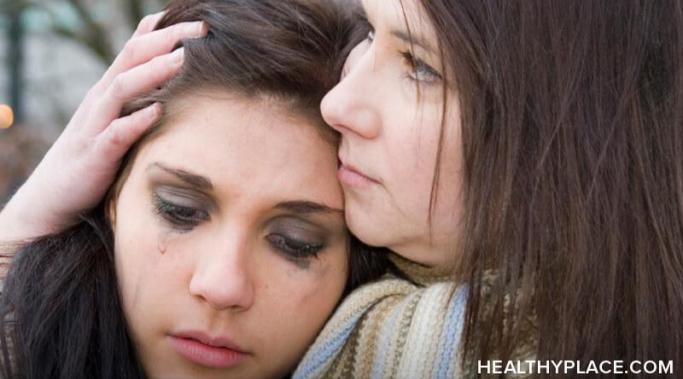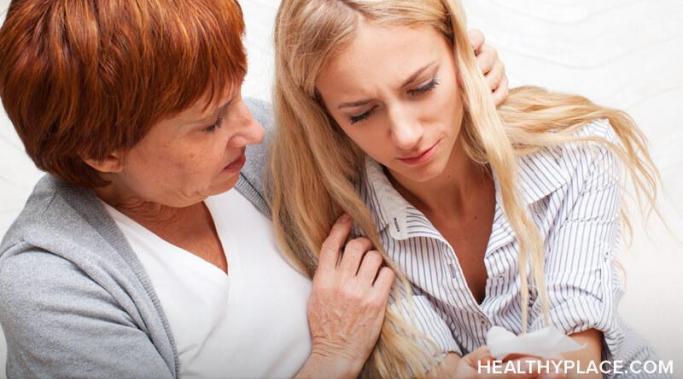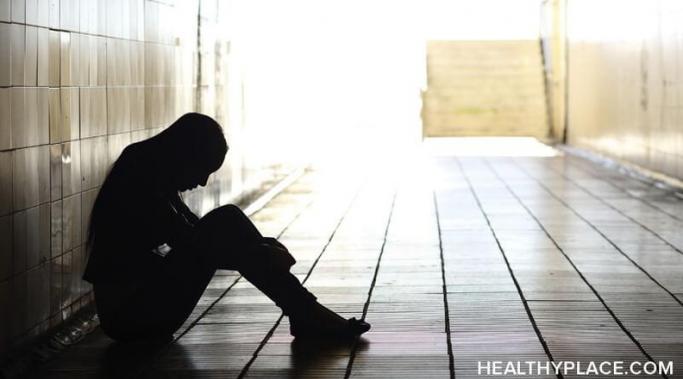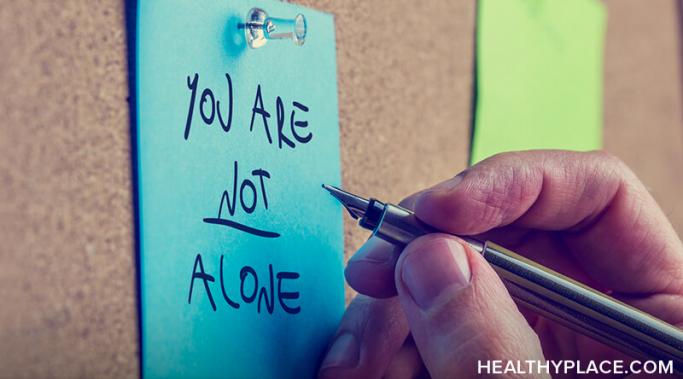Blogs
According to Mental Health America, more than 11.4 million adults have severe suicidal ideations. In 2020, The American Foundation for Suicide Prevention reported that nearly 46,000 Americans died by suicide that year. Although suicide is a serious issue, many people do not seek help for it. Having personally had suicidal thoughts, I understand some of the causes and the hesitancy for people to seek help. In this post, I share the causes of suicidal ideations, my personal experience, and the importance of support.
Today is World Suicide Prevention Day, and so the question arises: no matter what we do, can we prevent all suicides? I think even the most ardent suicide-prevention groups would admit that we can't prevent all suicides. There are many reasons for this, including the fact that people often decide to end their life mere moments before they do it, and it's hard to get to those people in those moments. Nonetheless, can we still chip away at the number of suicides? Can we really prevent most suicides? (Note: This post contains a trigger warning.)
I’m Joanna Scott Satterwhite. I’m thrilled to be joining HealthyPlace as one of the new writers of the "Living a Blissful Life" blog. It remains to be seen whether I actually know how to live a blissful life, but I’m out here trying, and that’s at least half the battle.
September 10 is World Suicide Prevention Day around the world. With the more prevalent talk of suicide, mental health talk, and resources available, it can trigger old thoughts, as it has for me. I believe there needs to be more education, awareness, and increased help for anyone who struggles with suicidal thoughts or ideas of inflicting harm on themselves. I wonder if maybe more accessible options may have been the help I needed when I was younger and struggling.
Suicide prevalence in the eating disorder community is a serious concern. Eating disorders are some of the most lethal forms of mental illness—in the United States alone, one person dies every 52 minutes as a result of eating disorder complications. But this high mortality rate is not just a reflection of the various health risks that eating disorders cause. Suicide accounts for many of those deaths as well. In fact, the prevalence of suicide attempts is a tragically common trend in those who suffer from eating disorder behaviors. (Note: This post contains a trigger warning.)
As someone with an anxiety disorder, trying to enjoy life is not easy. My anxiety stole a lot of fun I could have had in high school and at university, like all the clubs I wanted to join but decided not to because I was uncomfortable. Day-to-day activities were a struggle. It made my life two times harder and got me overthinking every social interaction I had. It kept me up at night, making me worry about everything and made me doubt myself. My anxiety made me feel like life is not worth living. This post contains a trigger warning.
While self-injury can sometimes be a precursor to suicide, self-harm and suicide are not inextricably linked. Blindly assuming one always leads to the other can potentially hinder, rather than support, the healing process. (Note: This post contains a trigger warning.)
自杀是一个具有挑战性的话题讨论。然而, it is extremely important. Today, I'd like to talk about low self-esteem indicators that can be early signs of suicidal thoughts and behaviors. (Note: this post contains a trigger warning.)
I've considered suicide in the past, several years ago. More recently, I've had disturbing intrusive thoughts. Having experienced—and survived—both, I know how intrusive thoughts can easily bleed into thoughts of suicide. Note: This post contains a trigger warning.








